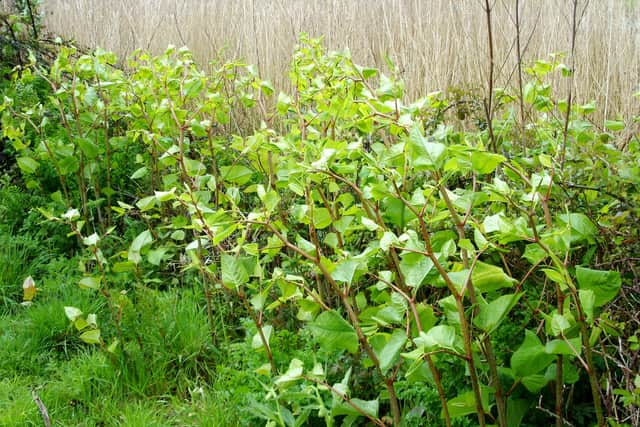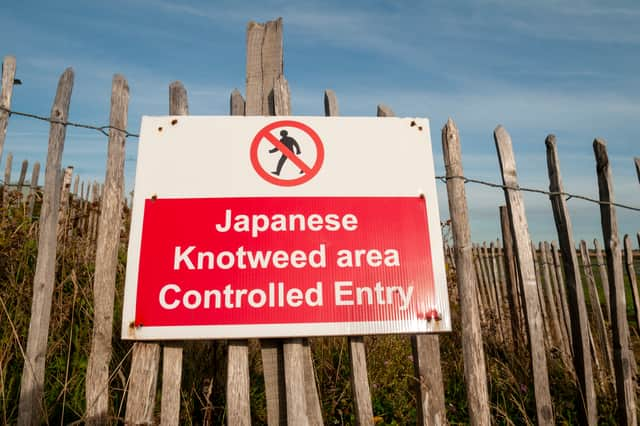Map shows Japanese knotweed hotspots in Sheffield
and live on Freeview channel 276
An interactive map has been created - showing Sheffield's Japanese knotweed hotspots. It’s not illegal to have Japanese knotweed in your garden, but on your property, you should aim to control the plant to prevent it from becoming a problem in your neighbourhood. The problem is that the plant has been known to cause damage to building structures by targeting weak points and attempting to grow through them.


Here in Sheffield, there are dozens of confirmed cases of Japanese knotweed, as shown by Horticulture’s interactive map.
Advertisement
Hide AdAdvertisement
Hide AdThe city centre shows very few cases. But reports of the plant appear to follow lines along some major routes in the city, and particularly along some of its waterways.
A line of cases appears to follow the River Don from Neepsend, up to Stockbridge. A similar line appears to form along the path of the river on the other site of the city, towards Brightside and Tinsley.
A similar pattern appears to be visible along the River Sheaf, out towards the Abbeydale Road, and along the Porter Brook, near Ecclesall Road.


Japanese knotweed is typically spread accidentally through the movement of soil or gardening waste, or via rivers and streams when pieces break off and take hold in new locations.
Advertisement
Hide AdAdvertisement
Hide AdIt’s believed that Japanese knotweed was originally imported into the UK from Japan back in the 19th century, when engineers thought it would stabilise and beautify railway embankments.
In winter the plant dies back to ground level but by early summer the bamboo-like stems emerge from deep underground to shoot to over 2.1m.
Comment Guidelines
National World encourages reader discussion on our stories. User feedback, insights and back-and-forth exchanges add a rich layer of context to reporting. Please review our Community Guidelines before commenting.
